Table of Contents
Picture this: It’s 6 AM, and you’re standing in your kitchen, bleary-eyed, reaching for that first precious cup of coffee. But instead of the usual bitter disappointment, you’re greeted by the rich, velvety aroma of perfectly roasted organic espresso beans. The difference? You’ve finally discovered what truly exceptional coffee can taste like. After years of experimenting with different brands and roasts, I’ve learned that the secret to an extraordinary espresso isn’t just in the brewing technique – it starts with choosing the best organic espresso beans.
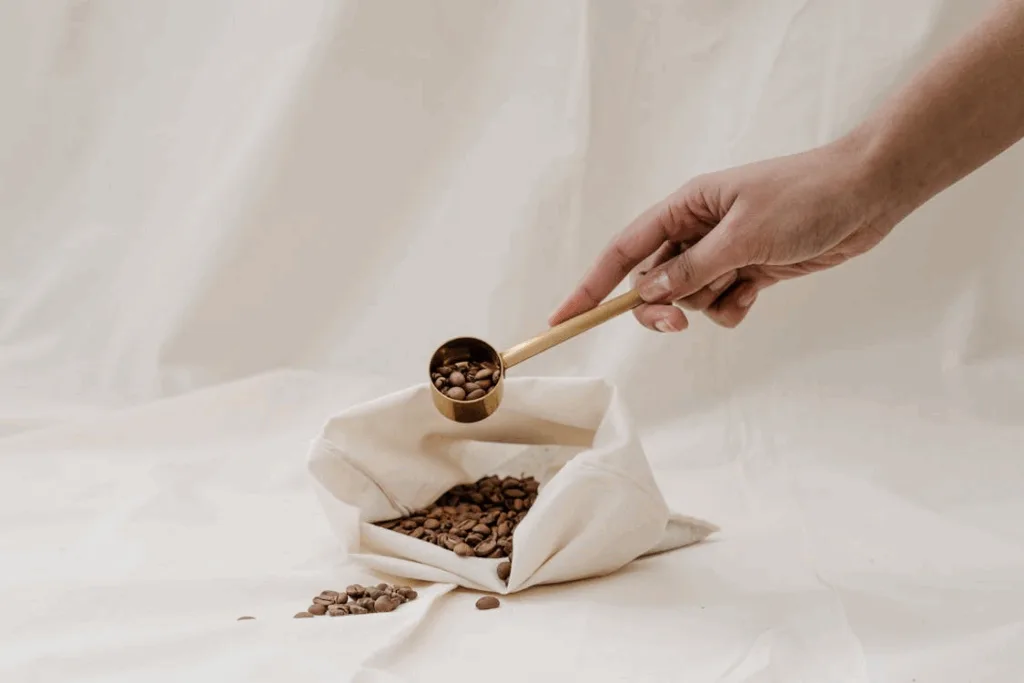
Key Takeaways
- Quality matters more than price – Premium organic espresso beans deliver superior flavor, crema, and overall coffee experience
- Roast level significantly impacts taste – Medium roasts offer balanced flavor, while dark roasts provide bold intensity
- Freshness is crucial – Look for beans with recent roast dates and proper packaging to ensure optimal flavor
- Organic certification ensures purity – Choose beans free from pesticides and chemicals for a cleaner, healthier cup
- Grind quality affects extraction – Invest in a quality burr grinder to maximize your beans’ potential
The world of organic espresso beans can feel overwhelming, especially when you’re standing in the coffee aisle surrounded by dozens of options. I remember my first attempt at finding the perfect beans – I grabbed the most expensive bag, assuming price equaled quality. What a mistake that was! The coffee was so over-roasted it tasted like charcoal mixed with disappointment.
That experience taught me that finding the best organic espresso beans requires understanding what makes coffee truly exceptional. It’s not just about organic certification (though that’s important), but also about roast quality, bean origin, freshness, and how well the beans match your taste preferences.
What Makes Organic Espresso Beans Special?
When I first started my coffee journey, I’ll admit I was skeptical about the “organic” label. Was it just marketing hype, or did it actually make a difference? After tasting my way through countless bags of both conventional and organic beans, I can confidently say that organic espresso beans offer distinct advantages that go beyond just being environmentally friendly.
Organic certification means no synthetic pesticides, herbicides, or fertilizers were used during cultivation. This isn’t just good for the planet – it directly impacts the flavor of your coffee. Conventional coffee farming often relies heavily on chemicals that can leave residual flavors in the beans. Organic beans, on the other hand, develop their natural flavors more fully, resulting in a cleaner, more nuanced taste profile.
The Health Benefits You Can Actually Taste
Here’s something most coffee guides won’t tell you: you can literally taste the difference between organic and conventional beans. Organic coffee tends to have:
- Brighter acidity without harsh chemical undertones
- More complex flavor notes that aren’t masked by processing chemicals
- Cleaner finish with less bitter aftertaste
- Better aroma that’s purely coffee, not chemical-influenced
I remember the first time I tried truly high-quality organic espresso beans. It was like discovering coffee all over again. The flavors were so clean and distinct that I could actually taste the subtle notes that coffee experts always talk about – the ones I thought were just pretentious marketing speak.
Top 4 Best Organic Espresso Beans for 2025
After extensive testing and countless morning cups, I’ve narrowed down the field to four exceptional options that consistently deliver outstanding results. Each of these has earned its place through superior quality, customer satisfaction, and that indefinable “wow factor” that makes you look forward to your morning coffee.
1. Lavazza Super Crema Whole Bean Coffee ⭐
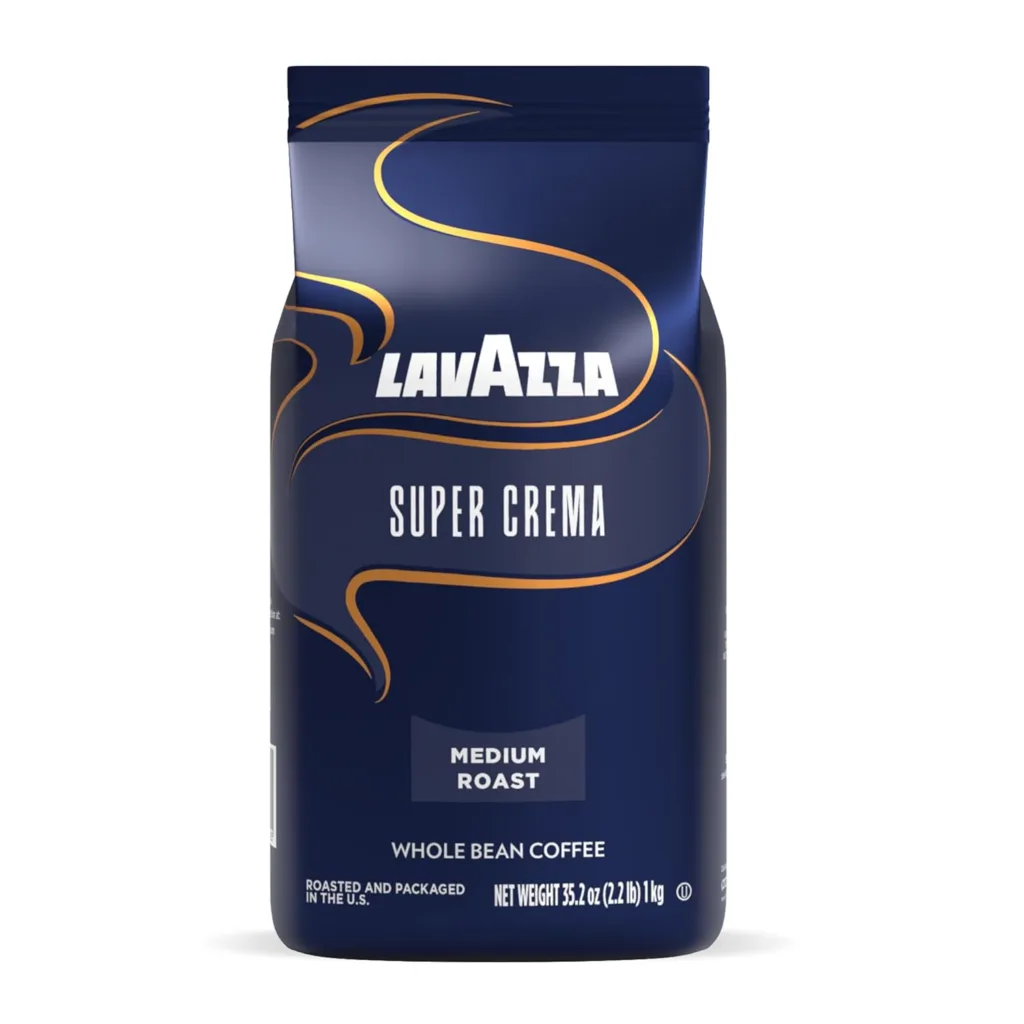
The Crowd Pleaser
If you’re looking for the best organic espresso beans that will please everyone in your household, Lavazza Super Crema is your answer. This Italian masterpiece has been perfecting the art of espresso for generations, and it shows in every cup.
- Perfect crema production – The thick, golden crema rivals what you’d get at a high-end café
- Balanced flavor profile – Not too bold, not too mild, just right for daily drinking
- Arabica and Robusta blend – Combines the smoothness of Arabica with the strength of Robusta
- Consistent quality – Every bag delivers the same reliable taste experience
Best For: Daily espresso drinking, beginners, those who want consistent quality without breaking the bank
The genius of this blend lies in its versatility. Whether you’re pulling shots on your espresso machine or brewing in a moka pot, Super Crema adapts beautifully. I’ve served this to coffee snobs and casual drinkers alike, and everyone walks away impressed.
2. Peet’s Coffee Major Dickason’s Blend 🔥
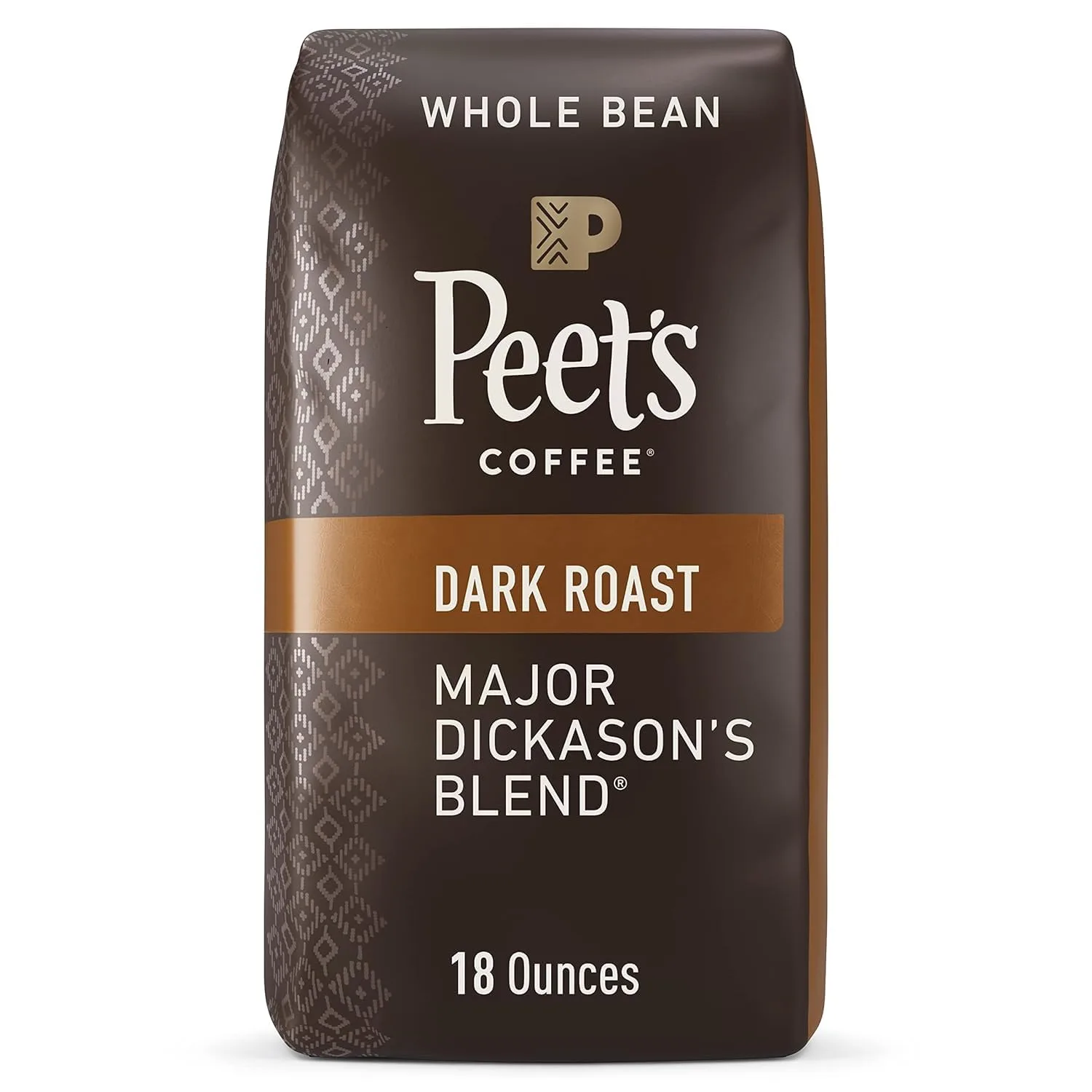
The Bold Choice
Named after Peet’s most discerning customer, this dark roast represents everything that makes premium organic espresso beans worth the investment. If you like your coffee with personality and aren’t afraid of bold flavors, this is your match.
- Rich, full-bodied flavor without overwhelming bitterness
- Complex flavor notes that evolve as you drink
- Excellent for milk-based drinks – cuts through milk beautifully
- Hand-roasted quality – You can taste the craftsmanship in every cup
Best For: Dark roast lovers, those who want coffee that stands up to milk, anyone seeking a bold morning wake-up call
I discovered this blend during a particularly stressful work period when I needed coffee that could power me through 12-hour days. Not only did it deliver the caffeine kick I needed, but the flavor was so satisfying that my coffee breaks became genuine moments of pleasure rather than just fuel stops.
3. Illy Classico Whole Bean Coffee 🇮🇹
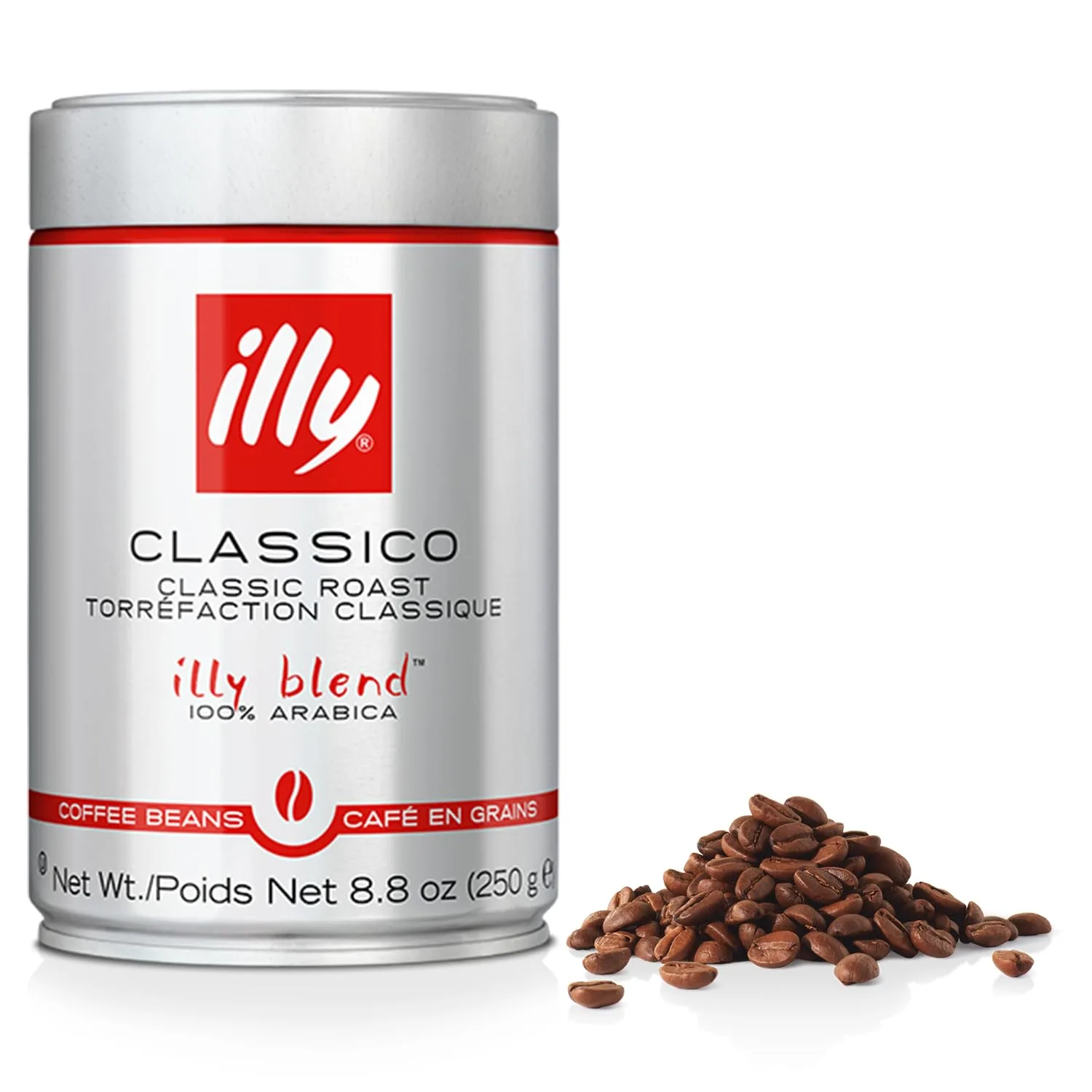
The Italian Masterpiece
When you want to experience what authentic Italian espresso tastes like, Illy Classico is your ticket to coffee heaven. This is the brand that supplies many of Italy’s finest cafés, and now you can have that same quality at home.
- Delicate flavor complexity – Notes of caramel, orange blossom, and jasmine
- Perfectly balanced acidity – Bright without being sharp
- Premium Arabica beans – 100% Arabica for smoothness and complexity
- Signature Italian roasting – Eight decades of perfected technique
Best For: Special occasions, those who appreciate nuanced flavors, anyone wanting an authentic Italian espresso experience
The first time I tried Illy, I understood why Italians are so passionate about their coffee culture. This isn’t just a beverage; it’s an experience. The aroma alone is enough to transport you to a sunny piazza in Rome.
4. Caribou Coffee Medium Roast 🌲
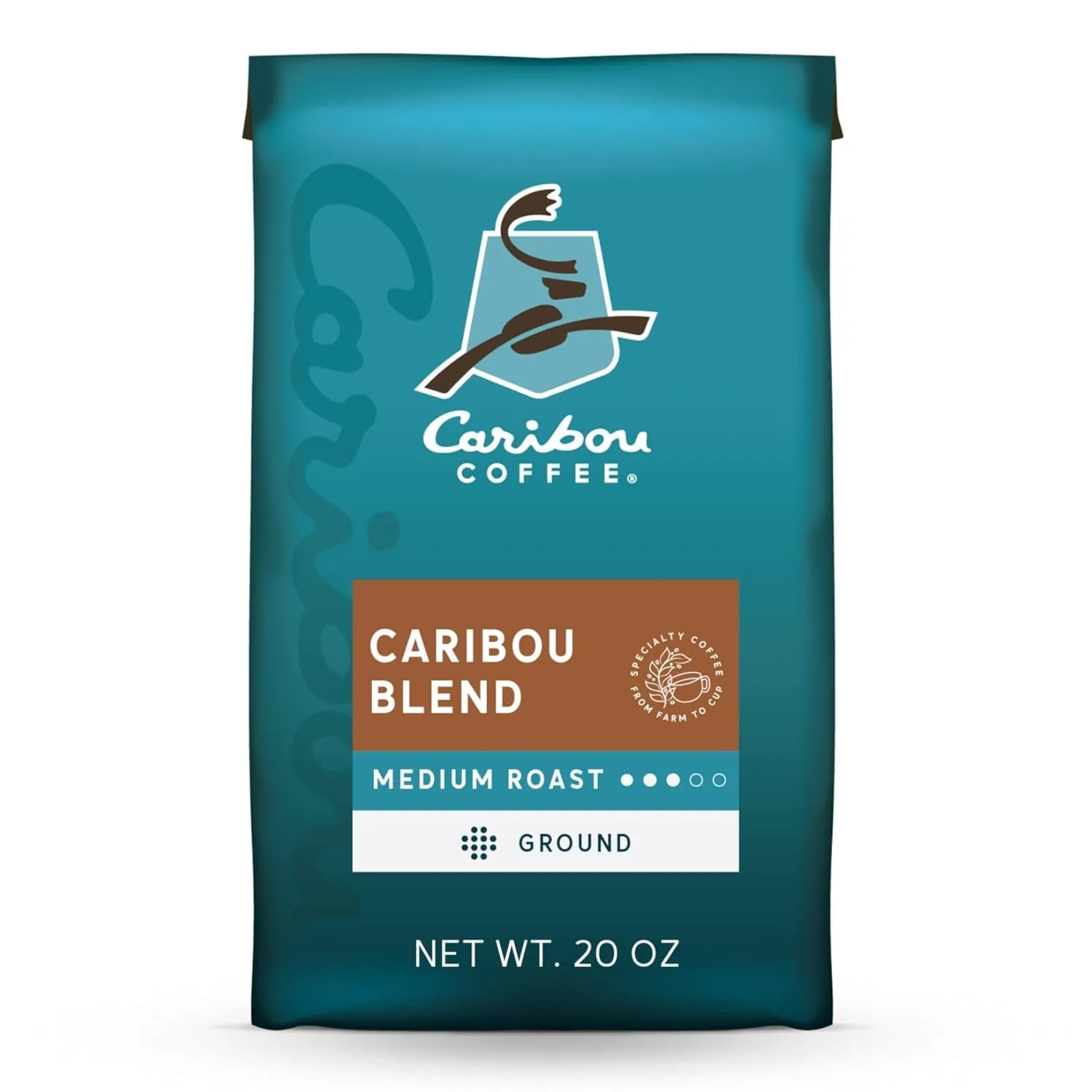
The Sustainable Choice
Caribou Coffee proves that you don’t have to sacrifice quality for sustainability. This Rainforest Alliance certified option delivers exceptional value while supporting environmentally responsible farming practices.
- Sweet, spicy, and berry notes – A unique flavor profile that’s instantly recognizable
- Rainforest Alliance certified – Supporting sustainable farming practices
- Small batch roasted – Hand-packed in Minneapolis for quality control
- Excellent value – Premium quality at an accessible price point
Best For: Budget-conscious coffee lovers, those who value sustainability, daily drinking
I’ve been drinking Caribou for years, and it never fails to deliver that perfect balance of quality and affordability. It’s become my go-to recommendation for friends who want to upgrade their coffee game without spending a fortune.
How to Choose the Perfect Organic Espresso Beans for Your Taste
Selecting the best organic espresso beans isn’t just about reading reviews or going with the most expensive option. It’s about understanding your personal preferences and matching them with the right characteristics. Let me walk you through the key factors that will help you make the perfect choice.
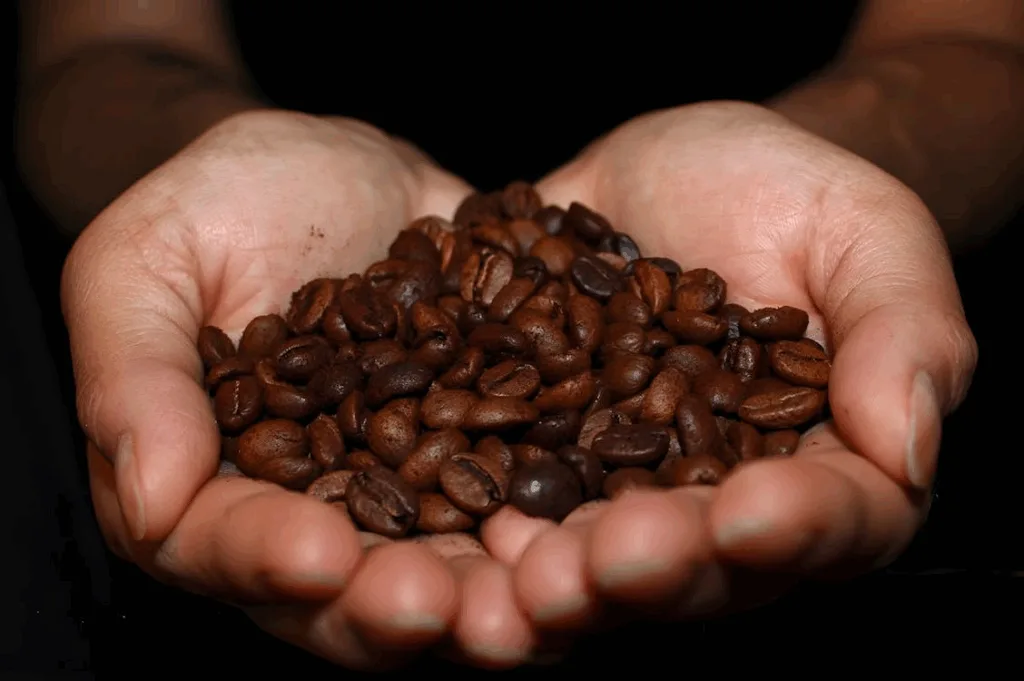
Understanding Roast Levels 🔥
Light Roast: Bright, acidic, with pronounced origin flavors
- Best for: Those who enjoy tea-like qualities and fruity notes
- Caffeine content: Highest
- Flavor profile: Complex, often floral or fruity
Medium Roast: Balanced acidity and body, caramelized sweetness
- Best for: Most espresso drinkers, beginners, daily consumption
- Caffeine content: Moderate
- Flavor profile: Sweet, balanced, chocolatey
Dark Roast: Bold, low acidity, prominent roast flavors
- Best for: Traditional espresso lovers, milk-based drinks
- Caffeine content: Lower
- Flavor profile: Rich, smoky, sometimes bitter
I learned this the hard way when I bought a light roast thinking “more caffeine = better morning coffee.” While the caffeine content was higher, the bright acidity was too intense for my espresso machine, resulting in sour shots that made me question my life choices.
Brewing Tips for Maximum Flavor Extraction
Having the best organic espresso beans is only half the battle. The other half is extracting their full potential through proper brewing techniques. After years of experimenting and making countless mistakes, I’ve learned that small adjustments can make enormous differences in your final cup.
The Golden Ratio ⚖️
For espresso, the standard ratio is:
- 1:2 ratio – 18g coffee to 36g espresso (about 1.2 oz)
- Extraction time: 25-30 seconds
- Grind size: Fine, but not powder-fine
This ratio isn’t set in stone, though. I prefer a slightly stronger 1:1.8 ratio with darker roasts, while lighter roasts often benefit from a 1:2.2 ratio to avoid over-extraction.
Grinding: Your Secret Weapon 🔧
If you’re still using pre-ground coffee or a blade grinder, you’re missing out on about 60% of your beans’ potential. A quality burr grinder ensures:
- Consistent particle size for even extraction
- Adjustable grind settings for different brewing methods
- Minimal heat generation that preserves flavor compounds
- Fresh grinding right before brewing
The difference is so dramatic that I often tell people: “Buy cheaper beans and a better grinder rather than expensive beans and a cheap grinder.”
Water Quality Matters 💧
Your espresso is 90% water, so water quality directly impacts flavor. Use:
- Filtered water to remove chlorine and impurities
- Proper mineral content (not distilled water, which extracts poorly)
- Correct temperature (195-205°F for brewing)
I learned this lesson when I moved apartments and couldn’t figure out why my coffee suddenly tasted different. Same beans, same grinder, same technique – but the new place had much harder water. A simple water filter solved the problem instantly.
Budget-Friendly vs. Premium: What’s Worth the Investment?
One of the most common questions I get is: “Is expensive coffee really worth it?” The answer isn’t straightforward because value depends on your priorities, taste sensitivity, and coffee consumption habits.
When Premium Beans Are Worth It 💰
You should invest in premium organic espresso beans if:
- You drink coffee daily and can taste the difference
- You enjoy exploring different flavor profiles
- You have quality brewing equipment to showcase the beans
- Coffee is one of your main pleasures/hobbies
- You’re entertaining guests who appreciate good coffee
When Budget Options Make Sense 🏷️
Stick with budget-friendly options if:
- You primarily drink coffee for caffeine
- You add lots of milk, sugar, or flavoring
- You’re just starting your coffee journey
- You drink coffee infrequently
- You’re using a basic brewing setup
The Sweet Spot Strategy
My recommendation? Start with a mid-range option like Lavazza Super Crema or Caribou Coffee. These offer excellent quality-to-price ratios and will help you develop your palate. Once you can consistently taste the differences, then consider upgrading to premium options like Illy.
Pairing Your Beans with the Right Equipment
The best organic espresso beans deserve equipment that can showcase their qualities. You don’t need to spend thousands, but certain investments will dramatically improve your coffee experience.
Essential Equipment Hierarchy 📊
Priority 1: Quality Grinder
- More important than expensive beans
- Consistent particle size is crucial
- Burr grinders are worth the investment
- Check out our guide to burr grinders for specific recommendations
Priority 2: Proper Brewing Device
- Espresso machines for authentic espresso
- Moka pots for stovetop convenience
- French press for full-body extraction
Priority 3: Accessories
- Digital scale for consistent ratios
- Quality tamper for even extraction
- Timer for consistent brewing times
The Environmental Impact of Choosing Organic
When you choose organic espresso beans, you’re not just improving your morning coffee – you’re supporting farming practices that benefit the environment and coffee-growing communities. This aspect has become increasingly important to me as I’ve learned more about coffee production.
Environmental Benefits 🌱
Soil Health: Organic farming practices improve soil fertility and prevent erosion
Water Quality: No synthetic chemicals means cleaner water systems
Biodiversity: Organic farms support more diverse ecosystems
Carbon Footprint: Many organic farms use sustainable practices that reduce greenhouse gas emissions
Supporting Coffee Communities 🤝
Many organic coffee certifications also include fair trade practices that:
- Ensure farmers receive fair compensation
- Support community development projects
- Promote sustainable farming education
- Provide healthcare and education resources
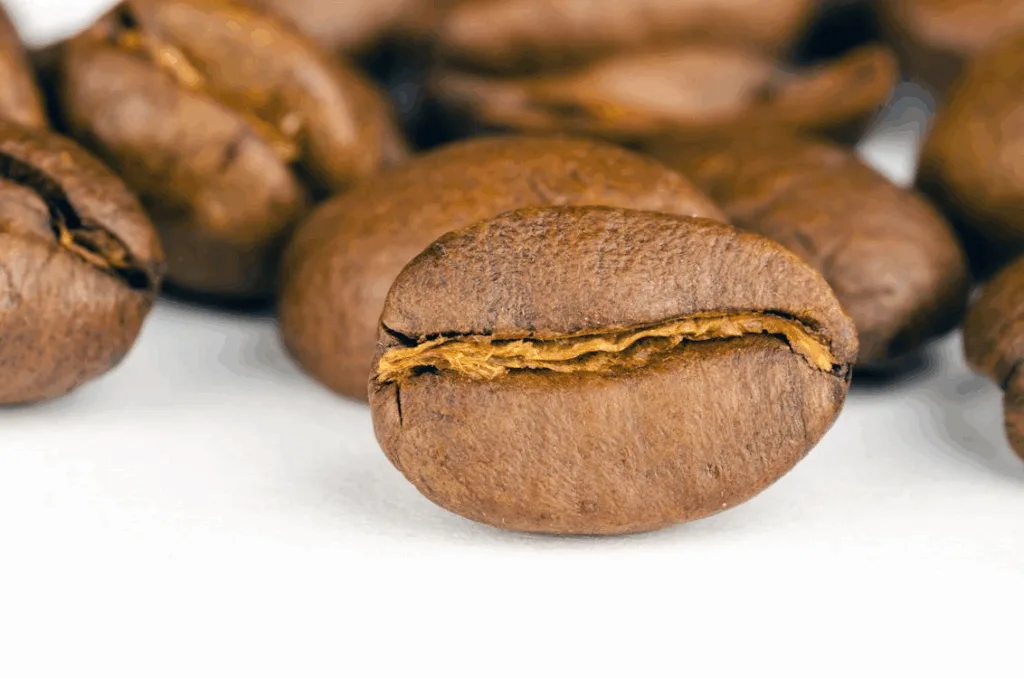
When I learned that my coffee purchases could directly impact farming families in Guatemala or Ethiopia, it added a meaningful dimension to my daily ritual. Now my morning espresso connects me to a global community of growers, roasters, and fellow coffee lovers.
Troubleshooting Common Espresso Problems
Even with the best organic espresso beans, you might encounter brewing issues. Here are solutions to the most common problems I’ve faced and helped others solve.
Problem: Sour Espresso 😖
Causes:
- Under-extraction (too coarse grind, too fast extraction)
- Water temperature too low
- Insufficient dose
Solutions:
- Grind finer
- Increase water temperature to 200-205°F
- Use more coffee (try 18-20g for a double shot)
Problem: Bitter Espresso 😤
Causes:
- Over-extraction (too fine grind, too slow extraction)
- Water temperature too high
- Stale beans
Solutions:
- Grind slightly coarser
- Lower water temperature to 195-200°F
- Check bean freshness and roast date
Problem: Weak or Watery Espresso 💧
Causes:
- Too coarse grind
- Insufficient coffee dose
- Channeling (uneven water flow)
Solutions:
- Grind finer
- Increase dose
- Improve distribution and tamping technique
Problem: Poor Crema Production 🫧
Causes:
- Stale beans
- Too coarse grind
- Low brewing pressure
Solutions:
- Use fresher beans (1-3 weeks post-roast)
- Grind finer
- Check your machine’s pressure (should be 9 bars)
Remember, even professional baristas deal with these issues. The key is systematic troubleshooting – change one variable at a time until you identify the problem.
Conclusion: Your Perfect Cup Awaits
Finding the best organic espresso beans for your taste and lifestyle is a journey, not a destination. Throughout this guide, we’ve explored four exceptional options that represent different approaches to coffee excellence:
- Lavazza Super Crema for balanced, everyday perfection
- Peet’s Major Dickason’s Blend for bold, intense flavor
- Illy Classico for Italian elegance and complexity
- Caribou Coffee for sustainable quality and value
But beyond specific recommendations, the most important takeaway is understanding what makes coffee truly exceptional: freshness, proper storage, quality grinding, and brewing technique. The best beans in the world won’t save a poorly executed cup, while good beans can become extraordinary with proper preparation.
Your Next Steps ☕
- Choose one of the recommended beans based on your flavor preferences and budget
- Invest in a quality burr grinder if you haven’t already
- Focus on freshness – buy smaller quantities more frequently
- Experiment with brewing variables to find your perfect extraction
- Keep a coffee journal to track what you like and dislike
Remember, the perfect cup of coffee is the one you enjoy most. Whether that’s a simple, reliable daily brew or an complex, nuanced weekend treat, the best organic espresso beans are the ones that make you look forward to your next cup.
For more coffee wisdom and equipment recommendations, explore our comprehensive guides and join the community of coffee enthusiasts who believe that life’s too short for bad coffee.
Your perfect espresso is waiting – now you have the knowledge to find it. Happy brewing! ☕✨
FAQs About Organic Espresso Beans
Are organic espresso beans healthier than regular beans?
Yes. Organic beans are grown without synthetic pesticides or chemicals, which makes them cleaner and better for your health, while also enhancing natural flavor clarity.
Do organic beans taste different?
Many coffee lovers find that organic espresso beans have brighter acidity, more complex flavor notes, and a cleaner finish compared to conventional beans.
How long do organic espresso beans stay fresh?
Ideally, espresso beans are best within 2–4 weeks after roast. To maximize freshness, store them in an airtight container away from heat, light, and moisture.
Can I use organic espresso beans in any coffee maker?
Absolutely. While they shine in espresso machines, organic beans can also be brewed in moka pots, French presses, pour-over devices, or drip coffee makers.
Are organic beans more expensive?
Typically yes, because organic farming uses more sustainable methods and certifications. However, many affordable organic options—like Caribou Coffee—still offer great value.


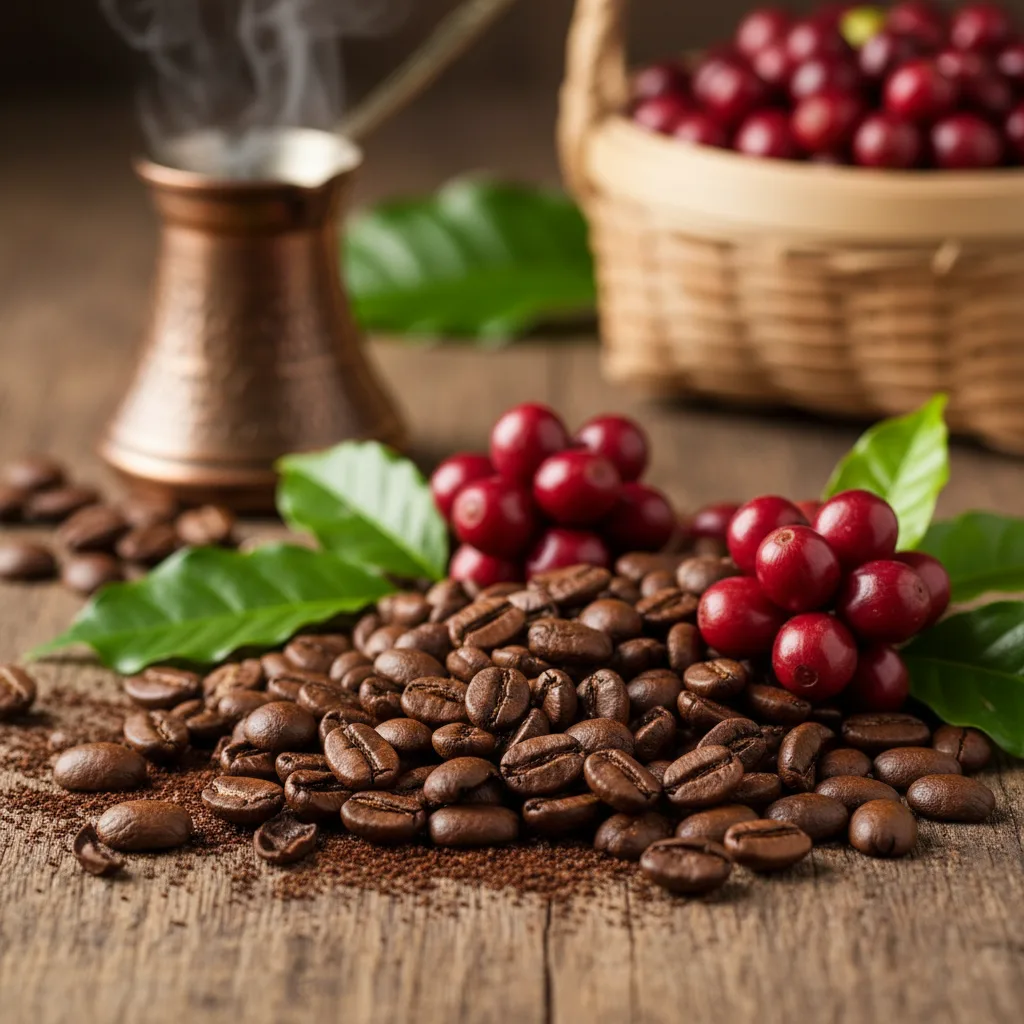
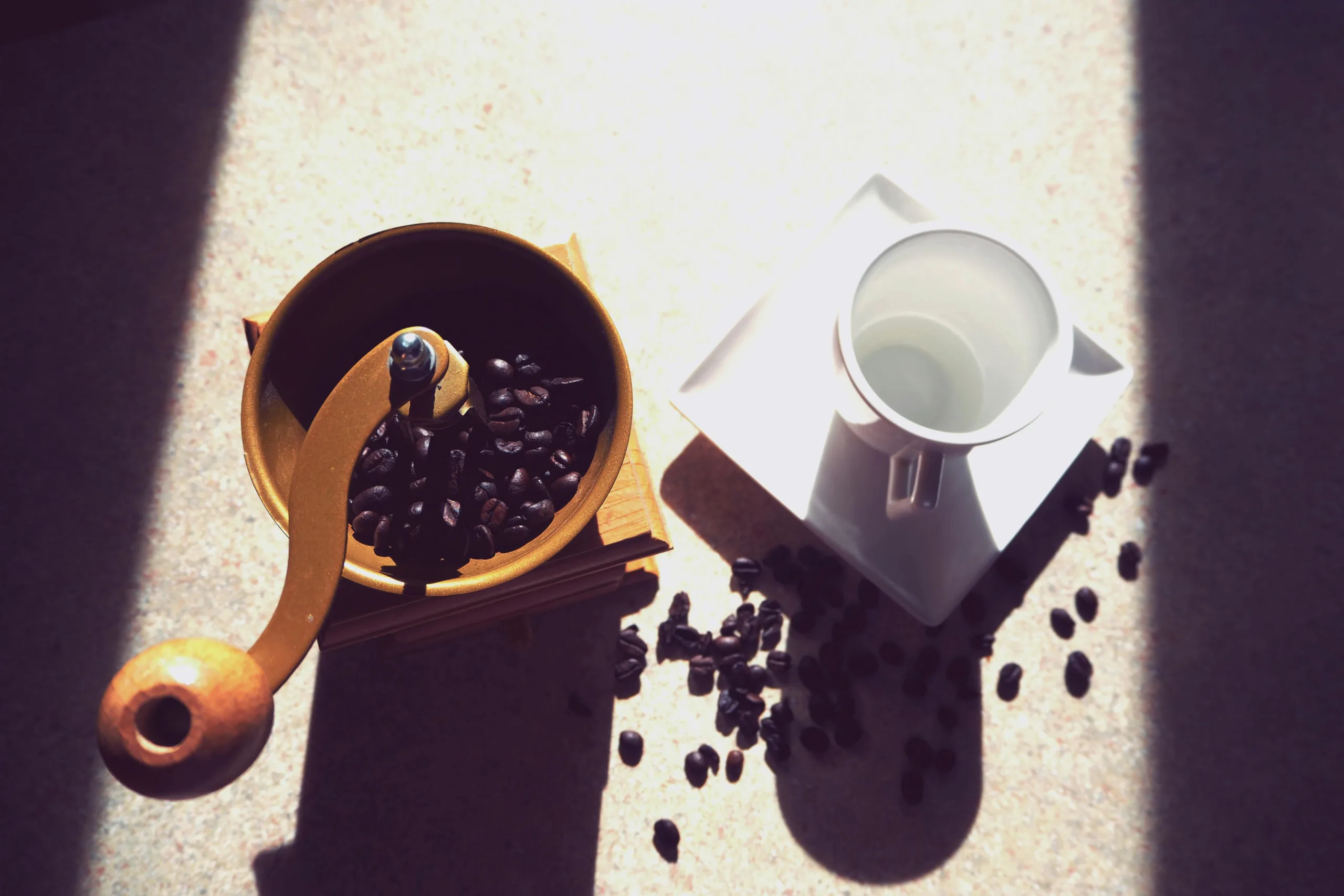
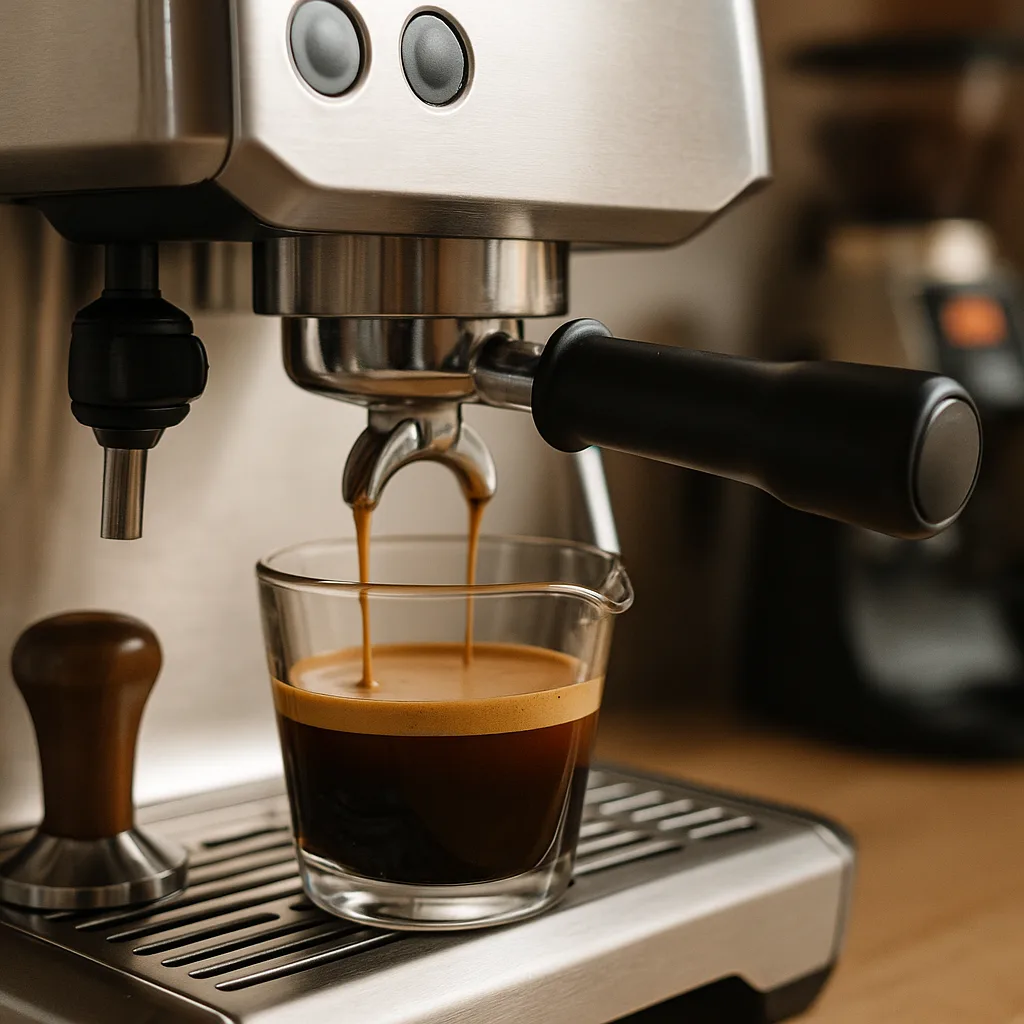
Leave a Reply
You must be logged in to post a comment.